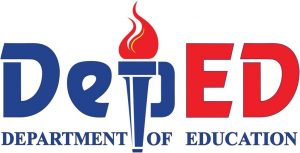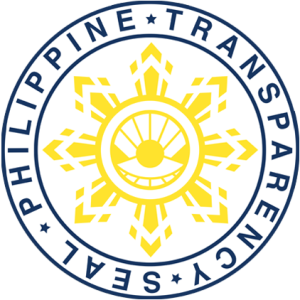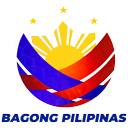
HISTORICAL PERSPECTIVE OF THE PHILIPPINE EDUCATIONAL SYSTEM
Education in the Philippines has undergone several stages of development from the pre-Spanish times to the present. In meeting the needs of the society, education serves as focus of emphases/priorities of the leadership at certain periods/epochs in our national struggle as a race.
As early as in pre-Magellanic times, education was informal, unstructured, and devoid of methods. Children were provided more vocational training and less academics (3 Rs) by their parents and in the houses of tribal tutors.
The pre-Spanish system of education underwent major changes during the Spanish colonization. The tribal tutors were replaced by the Spanish Missionaries. Education was religion-oriented. It was for the elite, especially in the early years of Spanish colonization. Access to education by the Filipinos was later liberalized through the enactment of the Educational Decree of 1863 which provided for the establishment of at least one primary school for boys and girls in each town under the responsibility of the municipal government; and the establishment of a normal school for male teachers under the supervision of the Jesuits. Primary instruction was free and the teaching of Spanish was compulsory. Education during that period was inadequate, suppressed, and controlled.
The defeat of Spain by American forces paved the way for Aguinaldo’s Republic under a Revolutionary Government. The schools maintained by Spain for more than three centuries were closed for the time being but were reopened on August 29, 1898 by the Secretary of Interior. The Burgos Institute in Malolos, the Military Academy of Malolos, and the Literary University of the Philippines were established. A system of free and compulsory elementary education was established by the Malolos Constitution.


